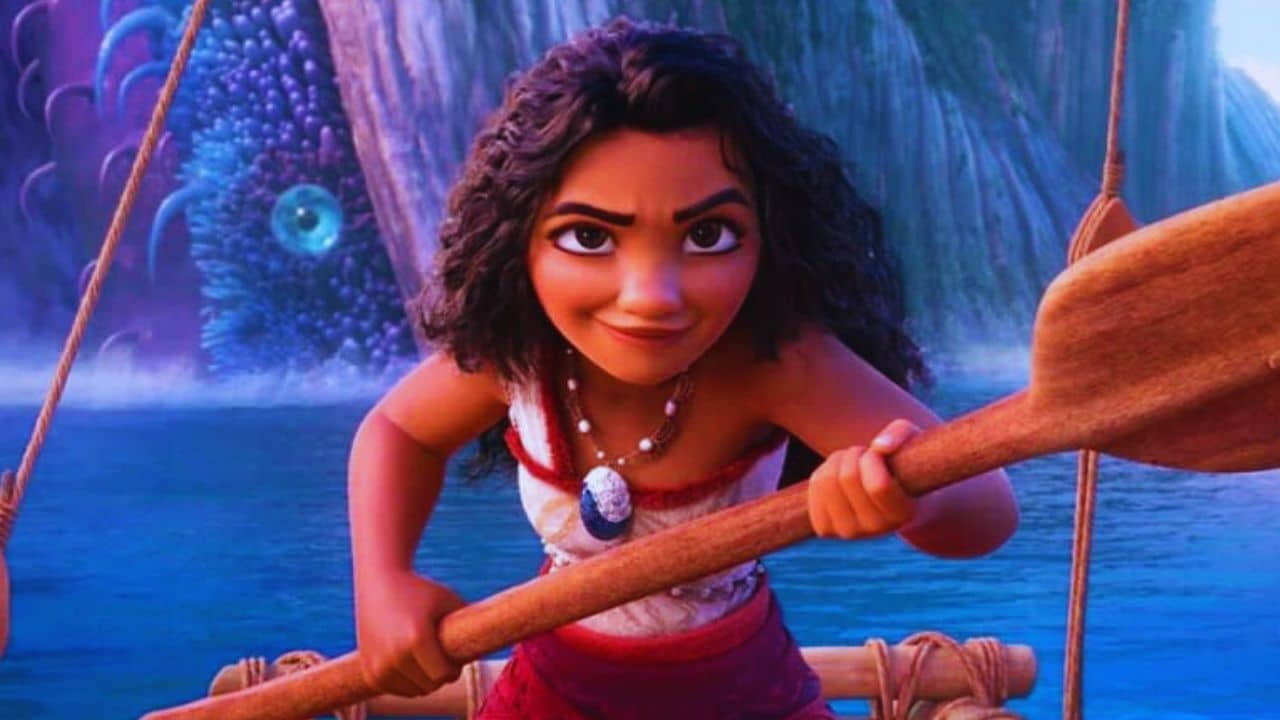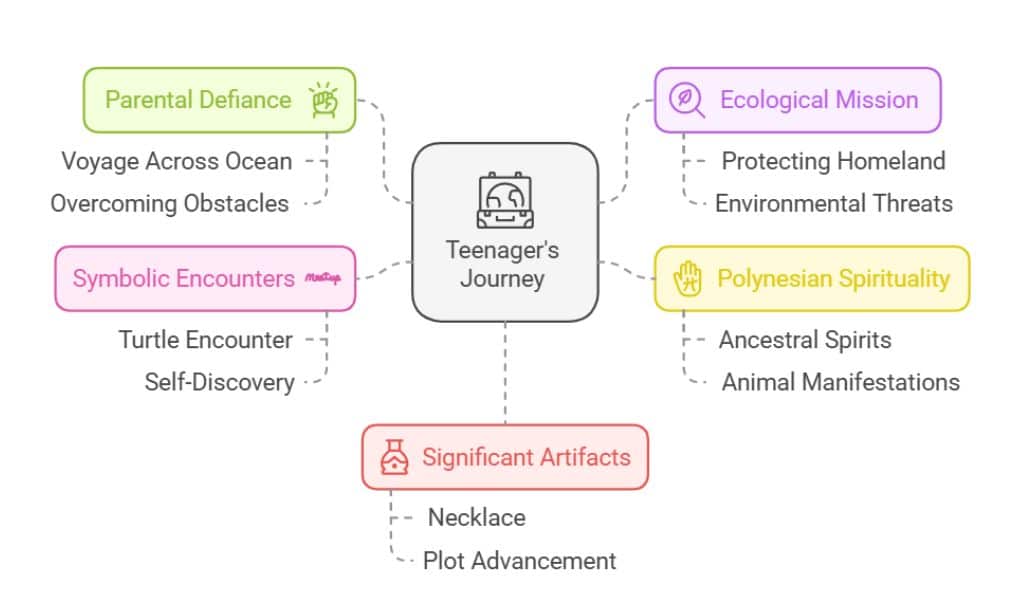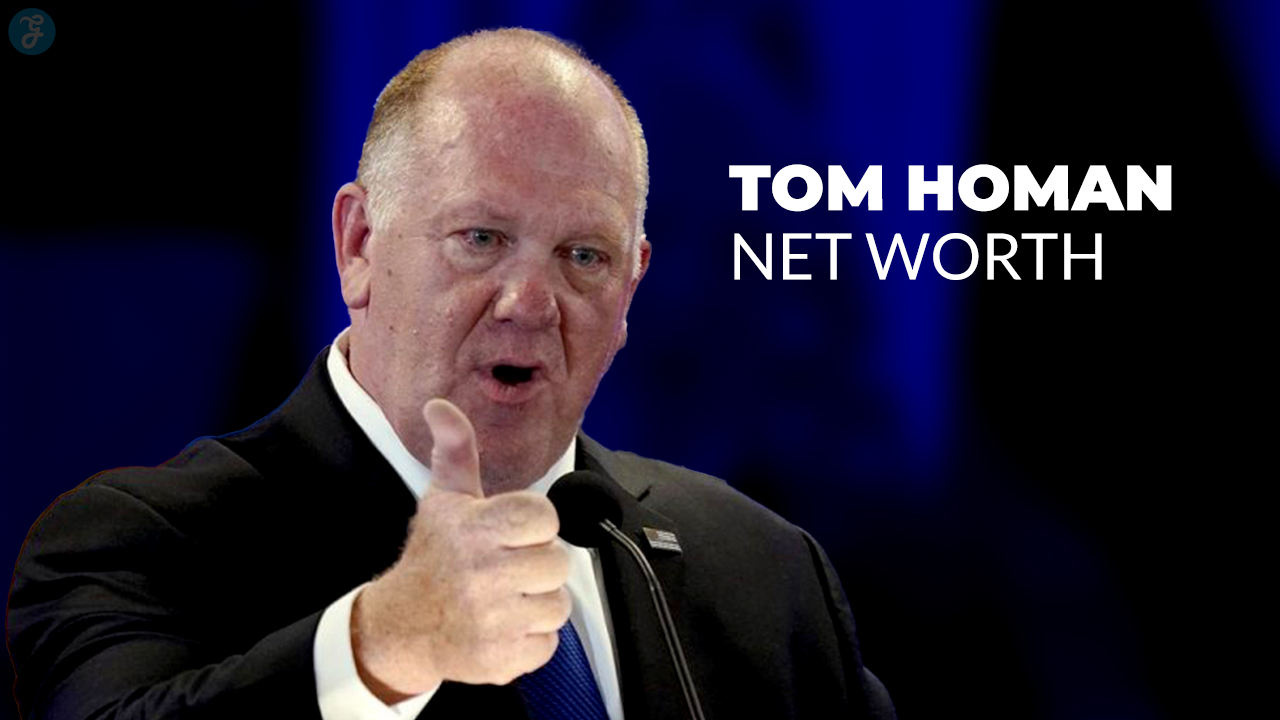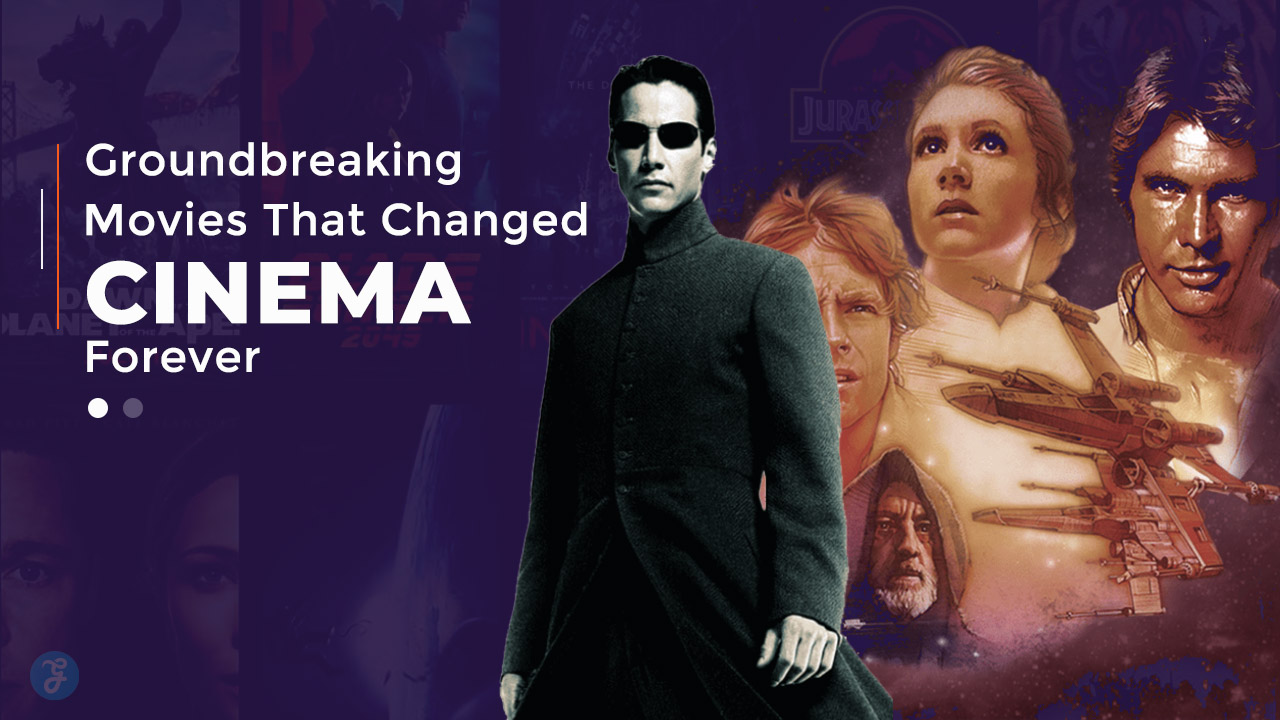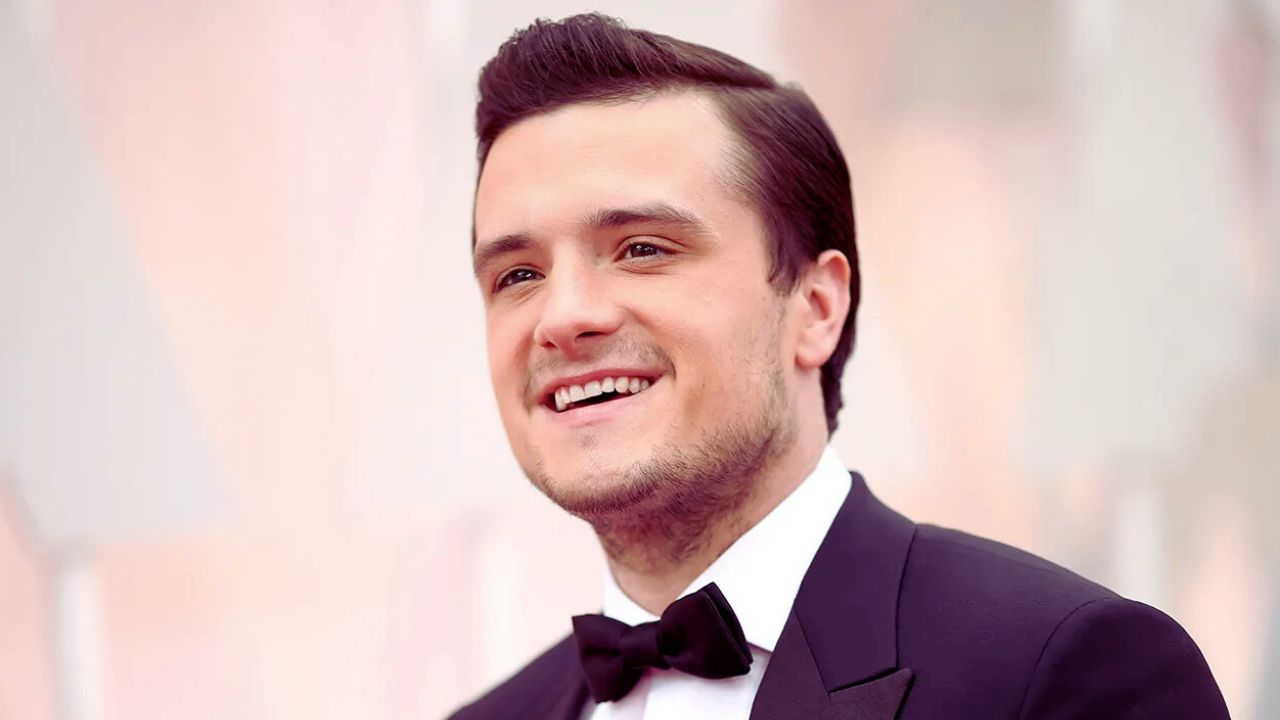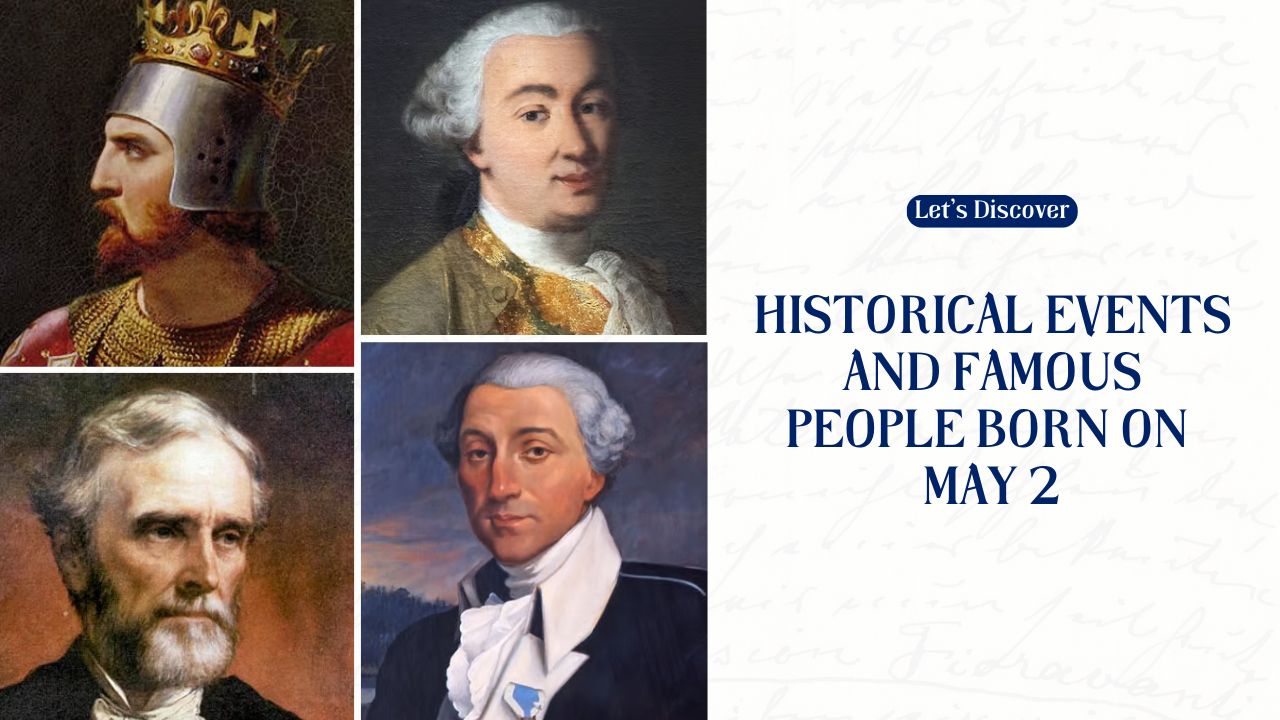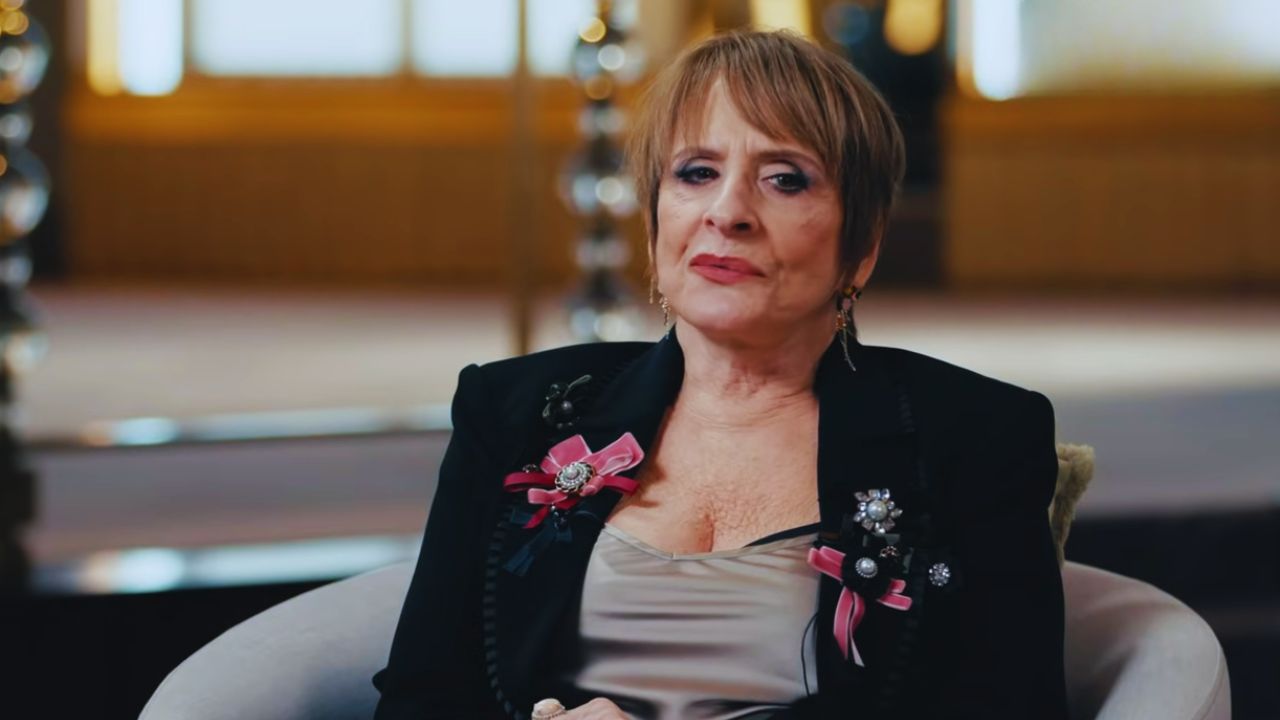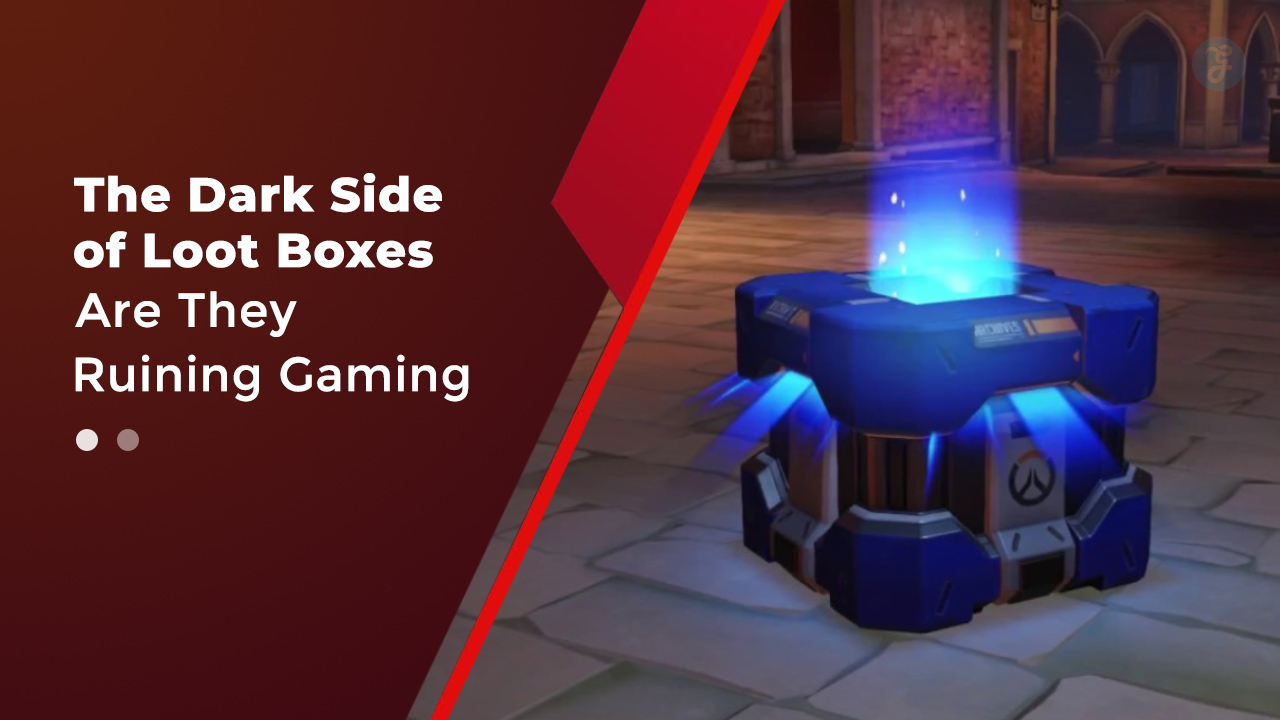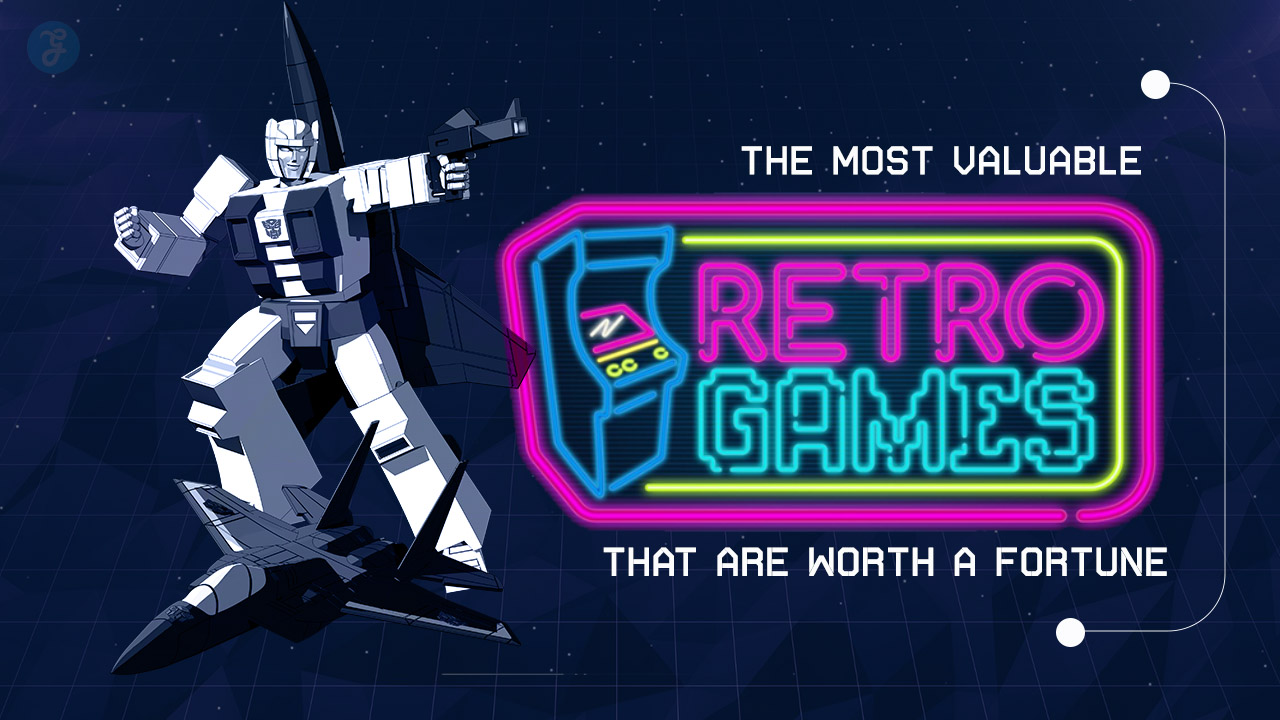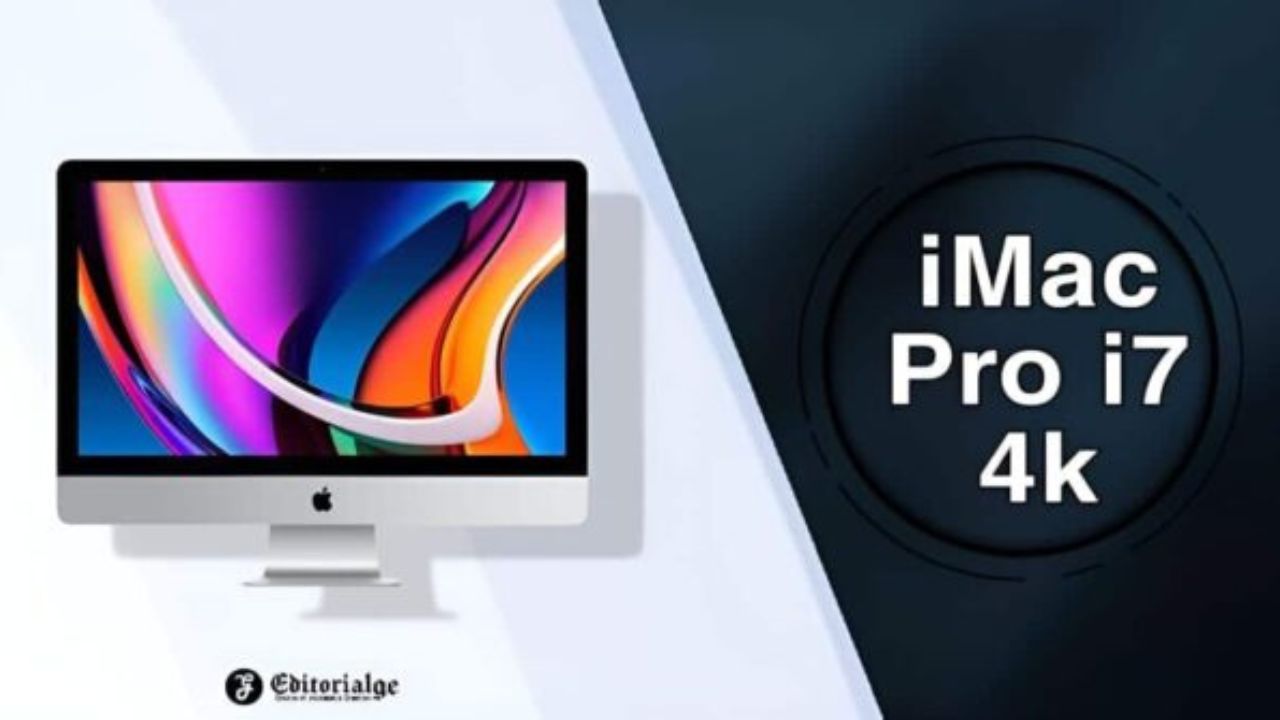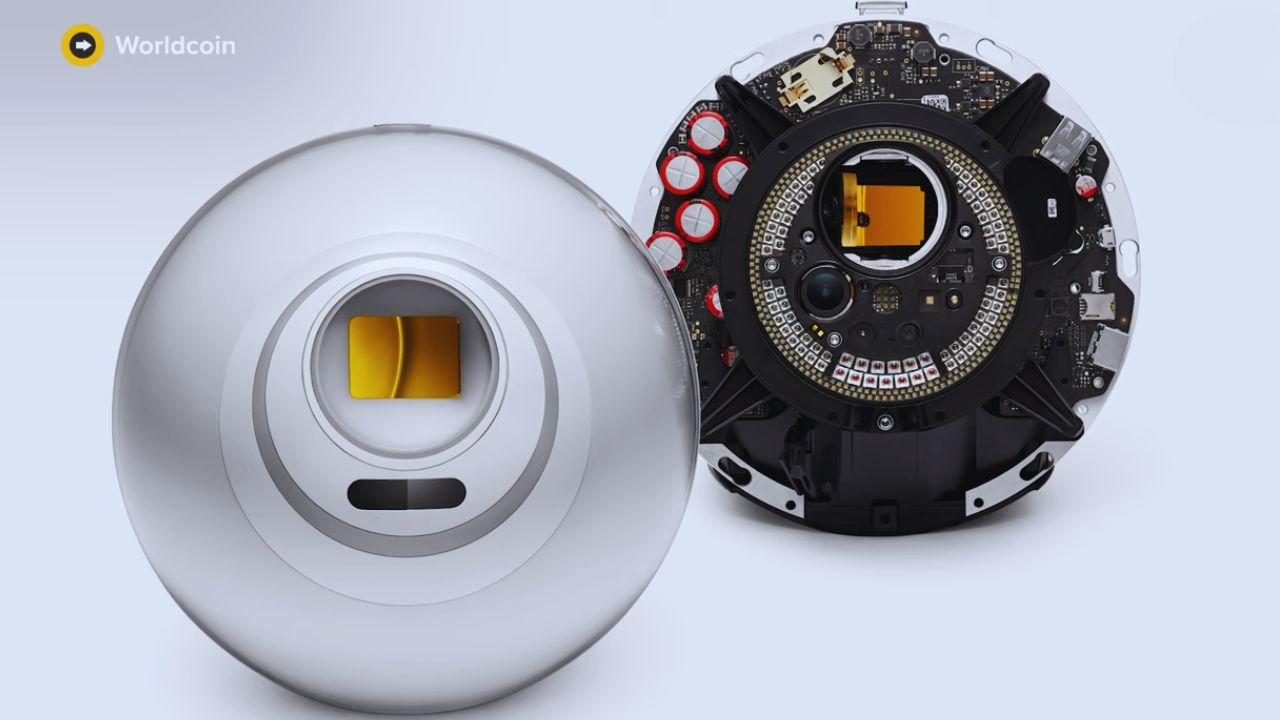Animator Buck Woodall has filed a $10 billion lawsuit against Disney, claiming the company stole key plot elements from his screenplay, “Bucky,” to create the blockbuster animated films “Moana” (2016) and its sequel, “Moana 2” (2024). The case, filed in a California federal court, raises serious allegations of intellectual property theft, with Woodall seeking both damages and recognition for his work.
Allegations of Misuse of Creative Materials
Woodall asserts that he began developing “Bucky” in the early 2000s, creating a screenplay, character designs, and storyboards. In 2003, he reportedly shared these materials with Jenny Marchick, then Director of Development at Mandeville Films. At the time, Mandeville Films had a first-look deal with Disney, meaning any project pitched to Mandeville would automatically be reviewed by Disney for potential development.
The animator alleges that Marchick requested further details about the project, including production plans and a trailer. Woodall claims Marchick reassured him that she could help secure a greenlight for the project. However, Woodall now contends that his work was instead misappropriated by Disney, culminating in the creation of “Moana” and its sequel over a decade later.
Marchick is currently the Head of Development for Feature Films at DreamWorks Animation and has not publicly responded to the claims.
Key Similarities Between ‘Bucky’ and ‘Moana’
The lawsuit highlights a number of striking similarities between the plot and thematic elements of Woodall’s “Bucky” and Disney’s “Moana” franchise, asserting these overlaps go beyond coincidence.
Shared Plot Elements
- Both stories revolve around a teenager living on a Polynesian island, who defies parental warnings and embarks on a perilous voyage across the ocean. The protagonist’s goal is to save their endangered homeland from ecological disaster.
- Both films prominently feature Polynesian spiritual beliefs, including ancestral spirits manifesting as animals.
- In both stories, the protagonist’s journey begins with a symbolic encounter with a turtle, which is framed as a critical moment in the character’s self-discovery.
- A necklace with symbolic significance plays a key role in advancing the plot in both narratives.
Shared Character and Visual Designs
- Each work includes a demigod character, adorned with tattoos and wielding a giant hook.
- Both also feature a giant creature hidden within a mountain, a climactic plot element central to the protagonist’s challenge.
Claims About ‘Moana 2’
The lawsuit expands upon the claims by also targeting “Moana 2,” released in November 2024. It specifically points to a scene in which Moana and her crew are drawn into a whirlpool-like oceanic portal. Woodall asserts that this concept mirrors unique visual and narrative devices from his “Bucky” materials, further suggesting Disney’s deliberate appropriation of his ideas.
Previous Legal Action Against Disney
This is not the first time Woodall has taken Disney to court over “Moana.” In a previous lawsuit concerning the original 2016 film, U.S. District Judge Consuelo Marshall ruled in November 2024 that Woodall had filed the claim too late. Legal deadlines, known as statutes of limitations, prevented him from pursuing damages at the time.
The release of “Moana 2” has given Woodall a new opportunity to file a lawsuit, as the sequel introduces new elements he claims were derived from his work. Legal experts note that this renewed claim focuses specifically on the sequel, allowing the animator to sidestep the timing issues that hindered his initial case.
Disney’s Defense
Disney has not yet issued a public statement regarding the latest lawsuit. However, in response to the earlier legal action, Ron Clements, co-director of “Moana,” denied any connection between Woodall’s work and the film’s development. In a statement to the court, Clements said, “Moana was not inspired by or based in any way on [Woodall] or his ‘Bucky’ project, which I learned of for the first time after this lawsuit was filed.”
Clements and his co-directors have previously emphasized that “Moana” was deeply rooted in extensive research into Polynesian culture and mythology, with input from cultural experts and Pacific Islander consultants during its development.
The Stakes: $10 Billion in Damages
Woodall is seeking $10 billion in damages, along with 2.5% of the gross revenues generated by the “Moana” franchise. With the first film grossing over $680 million worldwide and the sequel debuting to an impressive $224.2 million in its opening weekend, the stakes are significant.
If successful, the lawsuit could become one of the largest intellectual property settlements in entertainment history, setting a precedent for how original ideas are protected in Hollywood.
Broader Implications for Hollywood
This legal battle highlights growing concerns over the protection of creative works in the entertainment industry. As streaming services, animation studios, and production houses compete for compelling content, allegations of intellectual property theft have become more common.
Legal experts note that proving such claims can be challenging. Woodall’s case hinges on demonstrating that Disney had access to his work and that the similarities are too specific to be coincidental. The court will likely examine whether the plot points and visuals cited in the lawsuit were independently developed by Disney’s team or directly derived from “Bucky.”
What’s Next?
The lawsuit is currently pending in a California federal court. Legal proceedings are expected to include testimony from key figures involved in the development of “Moana” and “Moana 2,” as well as an analysis of Woodall’s original materials.
The outcome of this case could have far-reaching consequences for Disney and the entertainment industry, particularly in how intellectual property is sourced, shared, and credited in an increasingly competitive market.
The information is collected from Variety and Yahoo.


